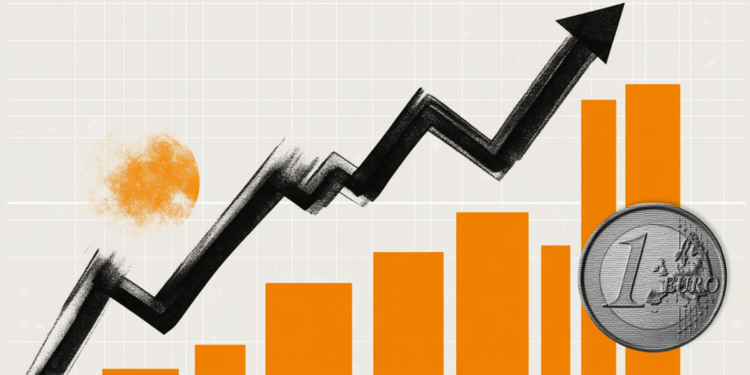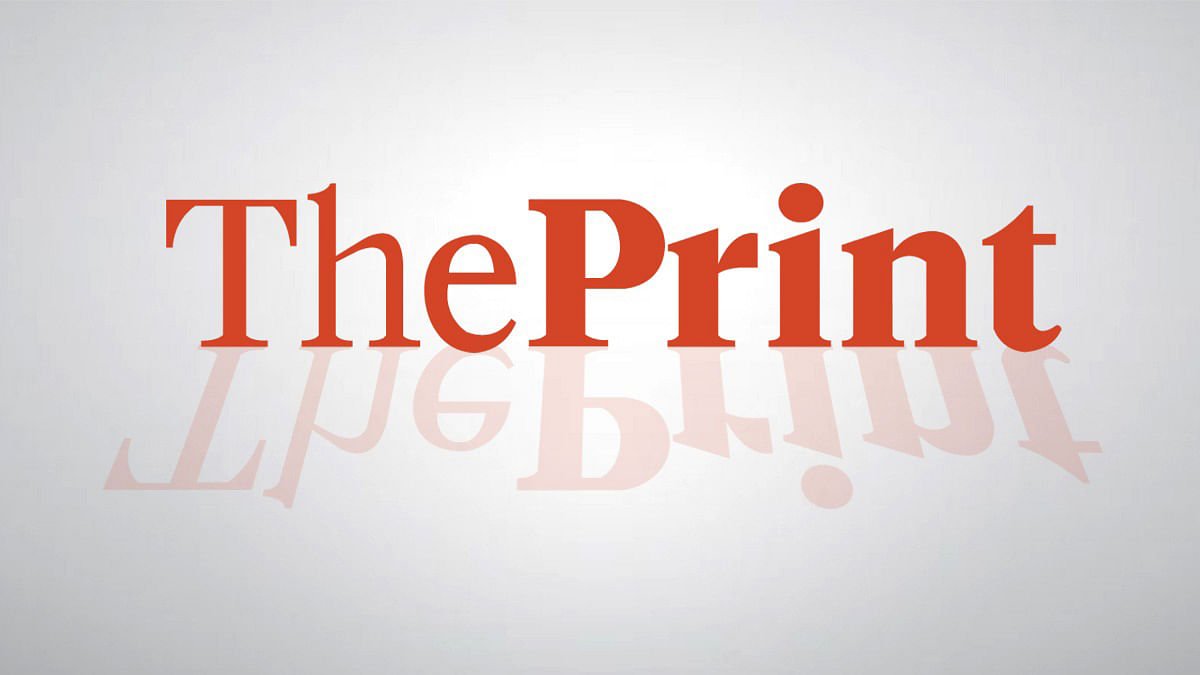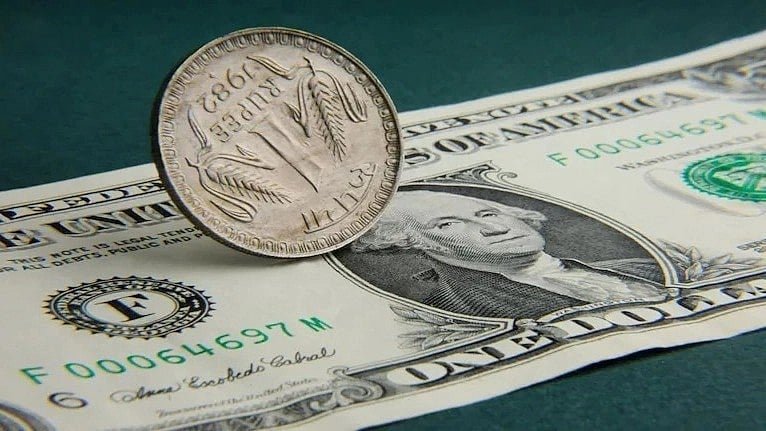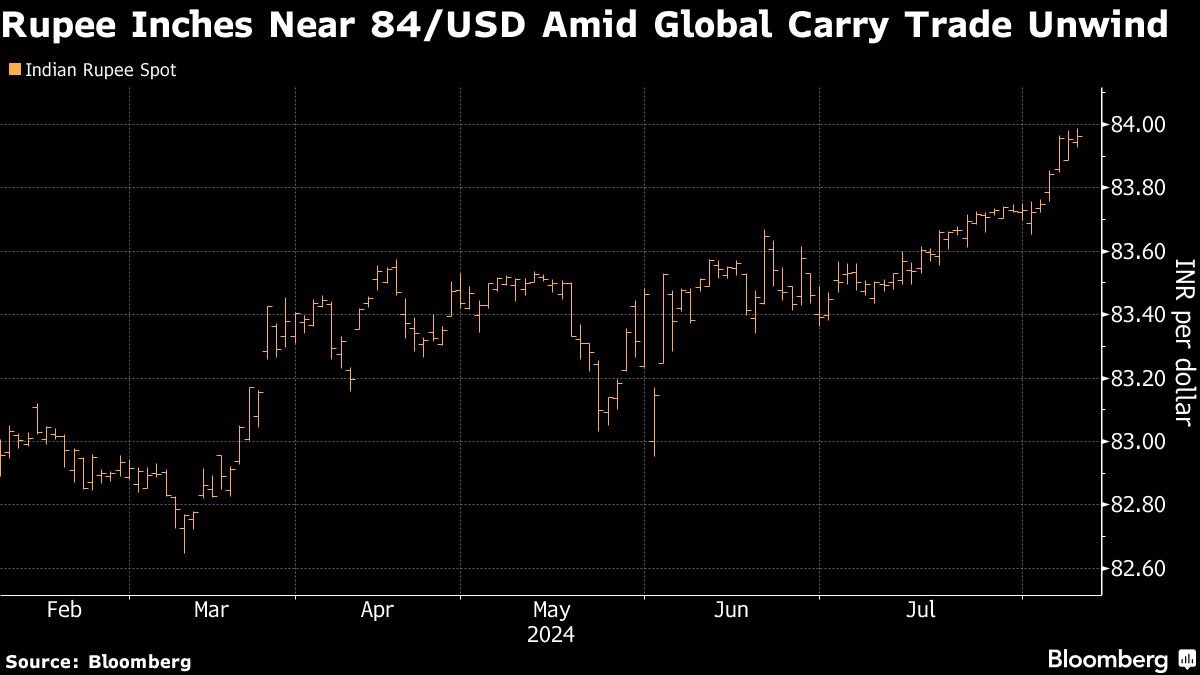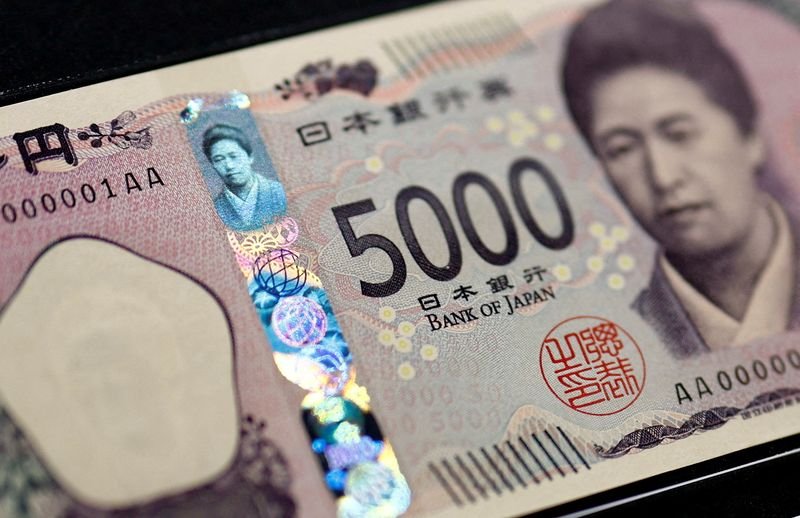In 2026, the global trading landscape will be primarily shaped by changes in trade policies and the way tariffs are imposed, particularly across major economies such as the US, China, and India. As forex traders in India, it is necessary to monitor these developments. They have the potential to create large swings in the value of the Indian Rupee (INR) and can affect trading strategies.
Indian traders will need to carefully follow negotiations between India and the US, as trade talks may evolve in response to shifting global dynamics. A trade agreement or disagreement between India and the US could have a direct impact on Indian exports and currency markets. For instance, if the US imposes new tariffs on Indian goods, it could lead to a weakening of the INR, as India’s exports would face higher costs and reduced demand in the US market. This would create significant pressure on the forex market, particularly in the USD/INR pair.
In addition, 2026 could see continued trade disputes between the US and China, with ripple effects that will also influence Indian markets. If global trade tensions escalate, there is the potential for market instability that would affect the Indian Rupee. Indian traders must be prepared for volatility in the forex markets as these issues unfold.
The domestic trade policy changes of India will have an indirect impact on the forex trading in the country. The government of India might introduce new trade policies or regulations, which will primarily focus on increasing domestic production or the growth of exports. These policies are supposed to have a mixed impact on INR. For instance, a new emphasis on self-sufficiency (Atmanirbhar Bharat) could diminish India’s necessity for imports, thus enhancing the trade balance and backing the INR’s value. Conversely, if India were to put up more barriers to trade, this would likely create a situation of uncertainty in the market and consequently, volatility in the forex trading markets.
For Indian forex traders in 2026, understanding these shifting trade policies and tariffs will be essential for staying ahead of market trends. By paying close attention to trade talks, announcements from government bodies, and global supply chain disruptions, Indian traders can adjust their strategies accordingly.
Hedging strategies such as forward contracts and options will be important tools for traders in 2026. These tools allow traders to lock in exchange rates and protect themselves against unfavorable currency movements driven by trade policies and tariff changes.

